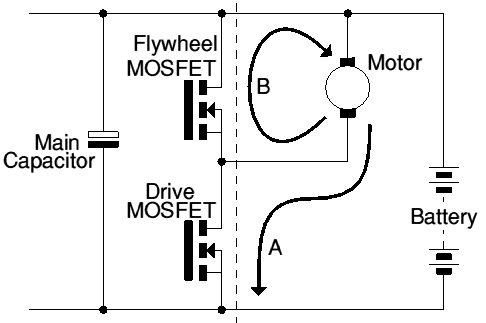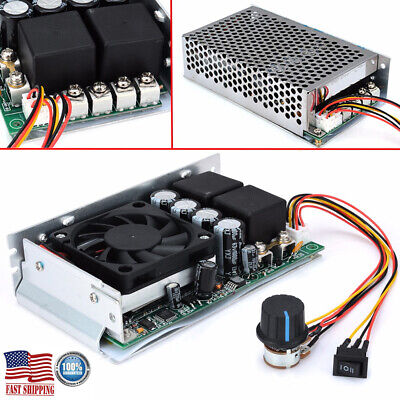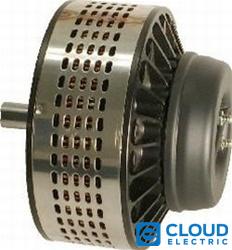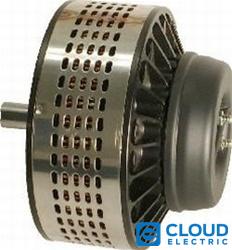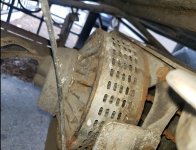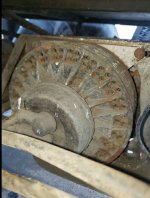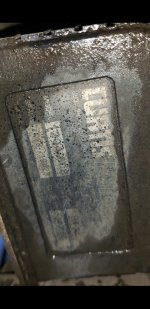matt912836
100 W
It's for a cargo trike which had a BRUSHED 12v 275a CURTIS controller on it. Its running a rear mounted mid motor, haven't got a good look at the motor itself, but if its running this controller then clearly it can take some power. Im looking up a replacement controller seems pretty pricey, so as a short term until i figure out a more modern motor to throw in it, im thinking of wiring 2 or 3 cheap 24v 1000w controllers wired in parallel, as a quick and cheap fix.
Right now Im running just one 24v 500w controller to test out and it gets the trike moving, but definitely needs more amps to carry any decent load or go up any hill. I don't think I need its full power, I feel 100-120a at 24v should be enough, and an overall speed increase is also welcome which is also why I'm upping to 24v. 24v 120a is about 2800w vs the original controller's 12v 275a being 3300w so it shouldn't be any real strain on the motor.
3 cheap 45a controllers are still way cheaper than a $300+ curtis, so is this even possible if all the controllers are identical? I know with brushless it gets way more complicated with halls sensors but apparently with a brushed system this shouldn't be a big issue.
Right now Im running just one 24v 500w controller to test out and it gets the trike moving, but definitely needs more amps to carry any decent load or go up any hill. I don't think I need its full power, I feel 100-120a at 24v should be enough, and an overall speed increase is also welcome which is also why I'm upping to 24v. 24v 120a is about 2800w vs the original controller's 12v 275a being 3300w so it shouldn't be any real strain on the motor.
3 cheap 45a controllers are still way cheaper than a $300+ curtis, so is this even possible if all the controllers are identical? I know with brushless it gets way more complicated with halls sensors but apparently with a brushed system this shouldn't be a big issue.


